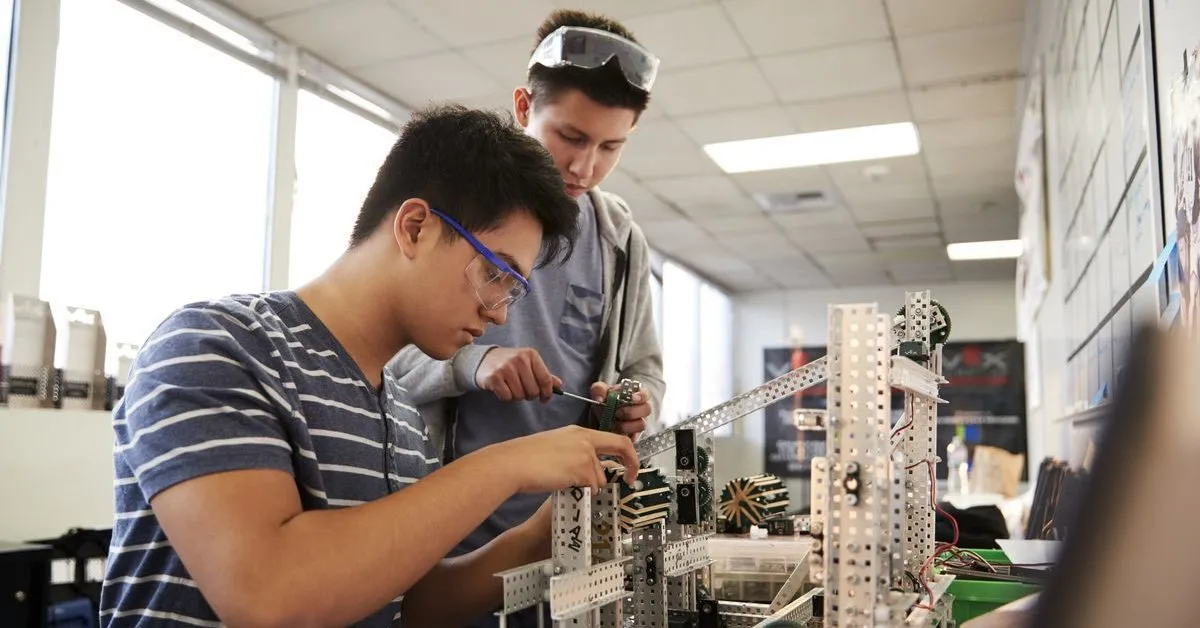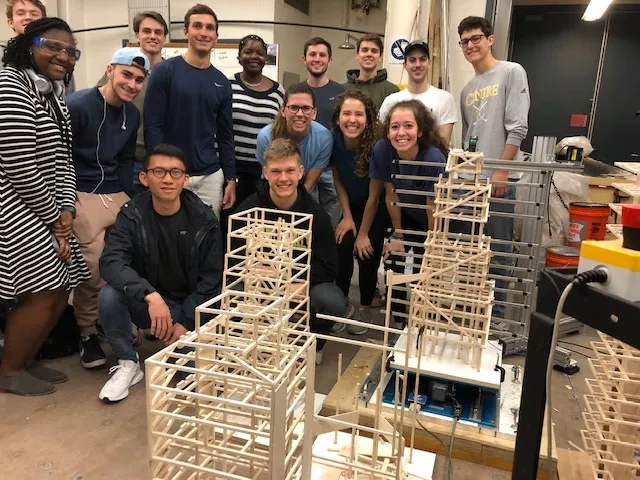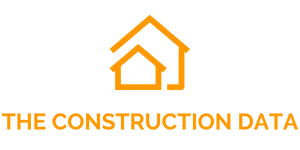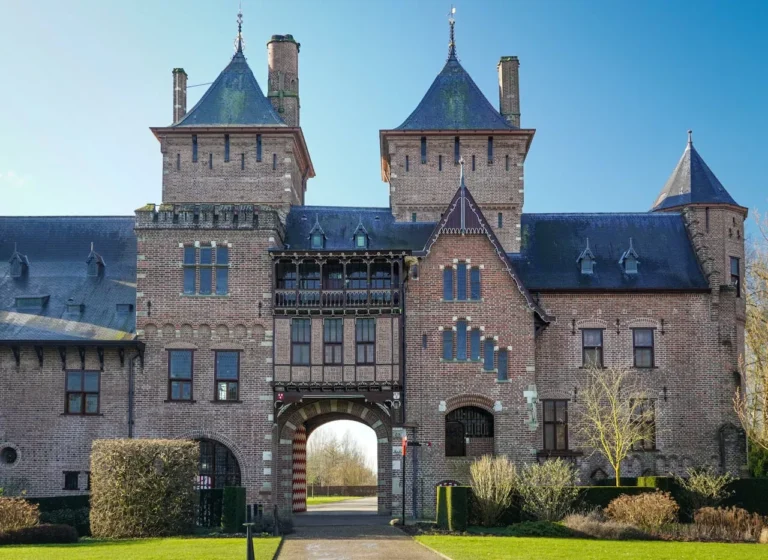
Mentoring the Future: STEM Initiative Sparks Engineering Passion in Maryland Teens
At DuVal High School in Maryland, a new generation of aspiring scientists and engineers recently took the spotlight during the school’s annual science and engineering symposium. The event not only showcased the technical talent of these high school students but also underscored the critical role that mentorship and real-world exposure play in shaping the future of STEM (science, technology, engineering, and mathematics) professionals.
What made this year’s symposium particularly notable was the involvement of students participating in the Knowledge Advancement Program (KAP)—an ambitious STEM outreach initiative developed by KBR, a global engineering and technology solutions company. This pilot program is designed to encourage high school students to explore technical careers through structured mentorship, immersive learning experiences, and engagement with professional engineers and scientists.
Bridging the Classroom and the Cosmos
Launched in November 2024, KAP set out with a clear mission: to bridge the gap between classroom learning and the dynamic world of engineering and space science. The initiative targeted students from DuVal High School’s aviation technology program, offering them a rare opportunity to dive deep into the processes behind complex space missions and engineering design.
Of the 12 students who enrolled in the program, eight chose to pursue the mentorship track. These students were paired with experienced KBR professionals, including engineers and space systems specialists, who volunteered their time and expertise. Through biweekly sessions, mentors led in-depth discussions on engineering fundamentals, introduced students to mission development frameworks, and demystified the inner workings of projects like NASA’s Roman Space Telescope—a next-generation observatory slated to expand humanity’s understanding of dark energy and exoplanets.
For many students, this mentorship marked their first time interacting with professionals actively working in high-tech fields. This personal connection helped ground abstract academic principles in real-world relevance and fueled enthusiasm for their future careers.
From Guidance to Greatness: Students Shine at Symposium
The impact of KAP was clearly visible at the DuVal symposium, where students presented their capstone projects to faculty, peers, and invited guests. Two students in particular—both KAP mentees—earned top honors at the event. Their projects were not only technically sound but also delivered with a level of polish and professionalism that caught the attention of many educators.
One teacher remarked that the students’ work rivaled that of industry-level preliminary design reviews—a critical phase in engineering project planning where teams assess feasibility, identify risks, and fine-tune design specifications.
Milagros Silverio, the program manager for KAP and a senior project staff engineer at KBR, was on hand to witness the students’ achievements. A dedicated mentor herself, she noted the pride shared among KBR volunteers as they saw their mentees present with confidence, depth, and passion.
“Teachers told us that KBR should take pride in how well its students performed—and how effectively our mentors supported them,” Silverio said. “It’s rewarding to see the results of that investment in mentorship and STEM outreach.”
Beyond the Books: A Holistic Learning Experience

KAP’s strength lies not only in its technical curriculum but also in the holistic support it provides to students navigating one of the most important transitions of their academic lives: preparing for college and future careers.
Mentors worked closely with students on refining their final-year projects, selecting appropriate college majors, and mapping out long-term goals. Students were encouraged to think beyond standardized tests and grades, focusing instead on what kind of problems they wanted to solve and which disciplines most aligned with their interests.
Field trips and facility tours were another highlight of the program. In particular, students were granted behind-the-scenes access to the Goddard Space Flight Center, one of NASA’s premier research laboratories. There, they got to observe spacecraft integration labs, mission control rooms, and testing facilities that brought theoretical engineering concepts vividly to life.
These immersive experiences not only provided a motivational spark but also offered valuable insights into the collaborative nature of STEM careers. Students saw firsthand how engineers, scientists, and project managers work together to solve complex challenges—turning classroom theory into real-world innovation.
Diversity and Inclusion at the Forefront
An essential aspect of the KAP initiative is its focus on equity, access, and inclusion in STEM education. Historically, many underrepresented groups—including women, minorities, and economically disadvantaged students—have faced significant barriers to entering science and engineering fields.
By establishing a mentorship model that actively engages students from diverse backgrounds, KBR is helping to create a more inclusive pipeline of future STEM professionals. The program’s hands-on approach, coupled with guidance from professionals who reflect a range of career paths and life experiences, helps dismantle stereotypes and broaden students’ perspectives on what an engineer or scientist can look like.
“This isn’t just about building skills—it’s about building confidence and a sense of belonging in STEM,” said Silverio. “When students see someone who looks like them or comes from a similar background succeed in this field, it becomes that much more possible for them to envision their own success.”
Corporate Commitment to Community Impact
KAP is just one part of KBR’s broader commitment to community engagement and social responsibility. The company has long supported STEM outreach through scholarships, internships, school partnerships, and public science education initiatives. However, the KAP model represents a new phase in that journey—one that is focused on long-term relationships and measurable impact.
Tracy Dorsey, KBR’s Vice President of Science, Engineering, and Operations, emphasized the importance of corporate involvement in nurturing future talent.
“By investing in programs like KAP, KBR is helping to shape the future of STEM,” said Dorsey. “It’s more than a one-time donation or event—it’s an ongoing partnership with schools, students, and communities. We’re proud to support the next generation of scientists and engineers—one student at a time.”




